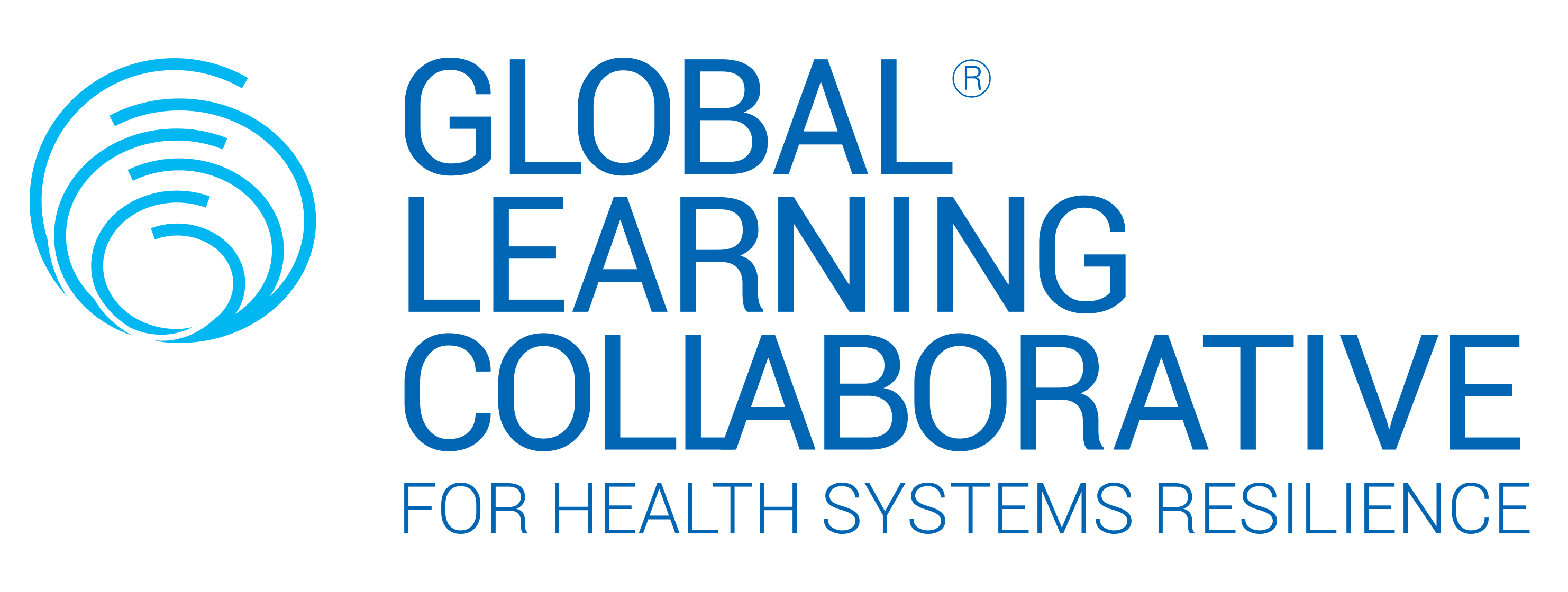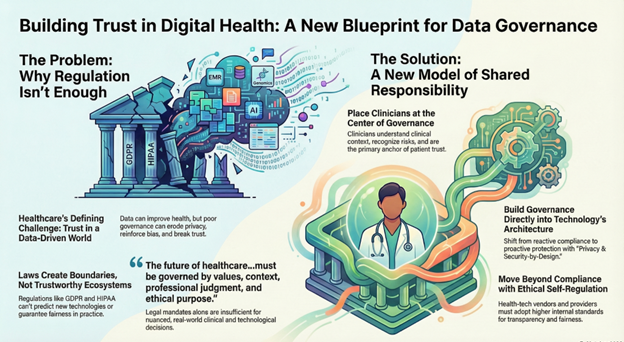Article Review – A Checklist to Improve Health System Resilience to Infectious Disease Outbreaks and Natural Hazards.
Updates ▪ Jan 8, 2024
Article Review by Dr. Anuradha Katyal
In this review we discuss the findings of a paper by Meyer et al, 2020, in which the authors discuss a potential checklist to be used by health service delivery organizations and health facilities to assess whether they are resilient and address gaps to help operationalize the concept of health systems resilience.
The checklist emerged from a scoping review of core aspects that enable health facilities or authorities to sustain essential health services during an infectious disease outbreak or natural hazard. The first aspect encompasses capacities, including systems, processes, and policies in place. The second focuses on inherent capabilities, specific actions frequently linked with resilient health systems. Subsequent to the scoping review, key informant interviews and a workshop were conducted to refine the findings.
The final checklist had 10 thematic categories with a description, as below: Source - (Meyer, et al., 2020)
- Core health system capacities and capabilities: Essential functions for sustained health services during emergencies.
- Critical infrastructure and transportation: Essential facilities and transport for emergency response.
- Financing: Adequate funds for routine and emergency health services.
- Barriers to accessing health services: Challenges in accessing routine and emergency care.
- Communication, collaboration, coordination and partnerships: Pre-established partnerships for coordinated emergency response.
- Leadership and command structure: Protocols for effective crisis leadership.
- Surge capacity: Systems for managing increased patient flow during emergencies.
- Risk communication: Strategies for public information during health crises.
- Workforce: Preparedness and support for health professionals during emergencies.
- Infection control: Protocols for disease prevention and patient management.
To prioritize the themes, the participants deliberated on what health authorities or health providers need to focus on in the wake of the crisis. It was suggested that sufficient financing should be available to a health facility to ensure that during a crisis essential health services like maternal health, immunization, and chronic disease care are not disrupted. Secondly, a resilient health facility needs to have accessible protocols which are disseminated among the staff to ensure that hazardous waste is dealt with, and no new infections crop up. There needs to be a plan for the level autonomy of disbursing the emergency funds with health administrators. Established relations with community leaders can ensure community’s trust in the health system. Plans for inter and intra facility transfer of patients and sharing of resources are also discussed. Hierarchies and role definition of the leadership at all levels of governance (district, provincial and national) is another area which the facility network should lay emphasis upon. An organized network of healthcare facilities that feed into an Emergency Operations Center has also been discussed. And finally, the needed workforce training to contain the crisis is also essential and an imperative for outbreak response.
The authors acknowledge that achieving health systems resilience across these 10 thematic categories requires not only a range of capacities and capabilities but also a well-defined operational plan.
Furthermore, in GLC4HSR’s review of Health Systems Resilience, we take a step back and review the fragility and vulnerability of a system beyond the purview of health indicators and players which can impact the response to crisis. We have reviewed the findings of this paper and the themes deliberated upon by the authors. The overall impact, the scientific rigor, the phased approach and the novelty of the idea is much needed across countries, especially in low resource settings, to ensure potential red flags are addressed during a pandemic. We look forward to any further research done by the authors on creation of processes to ensue adoption of this checklist across facilities.






